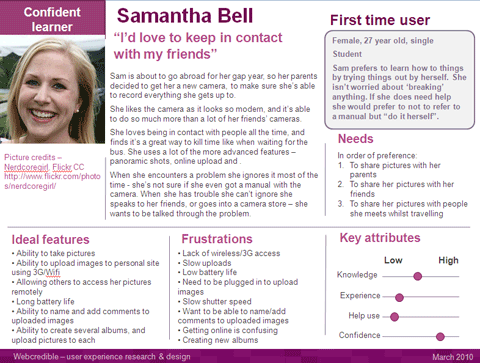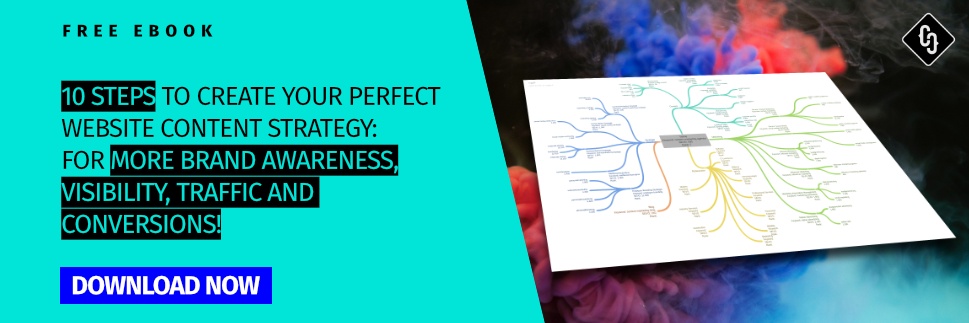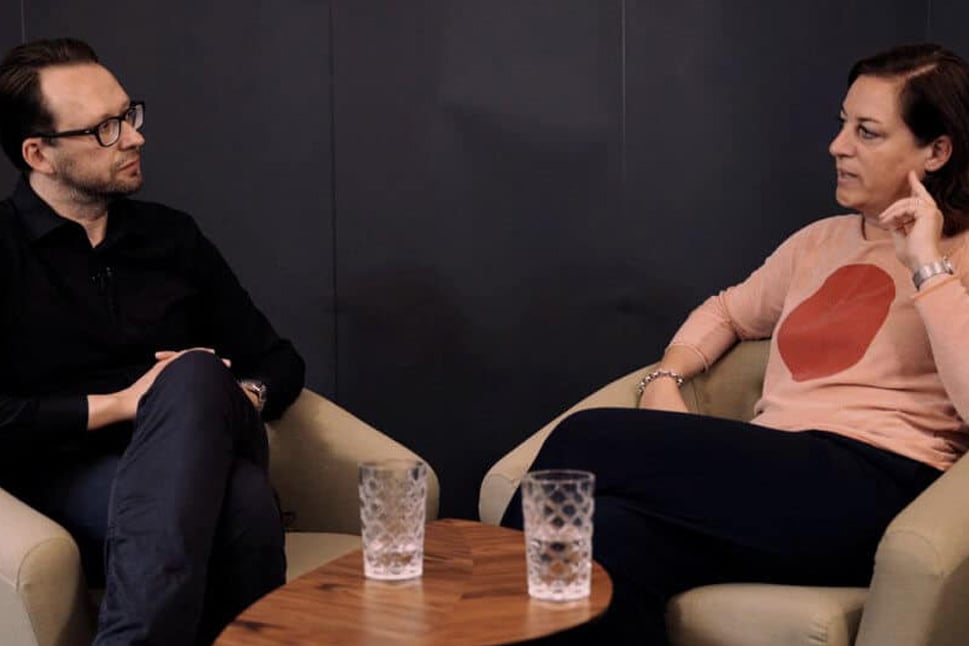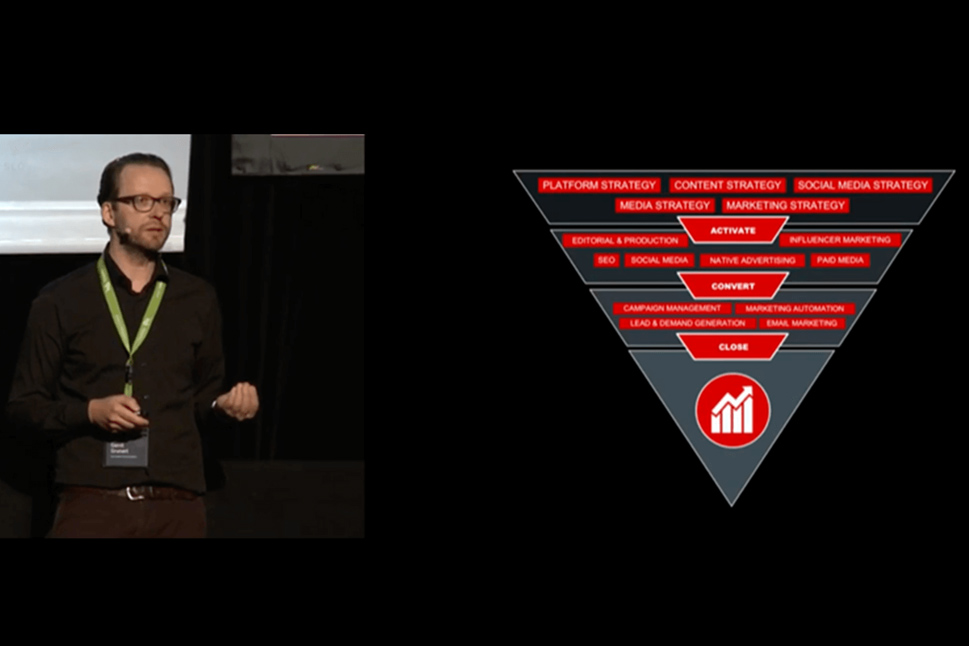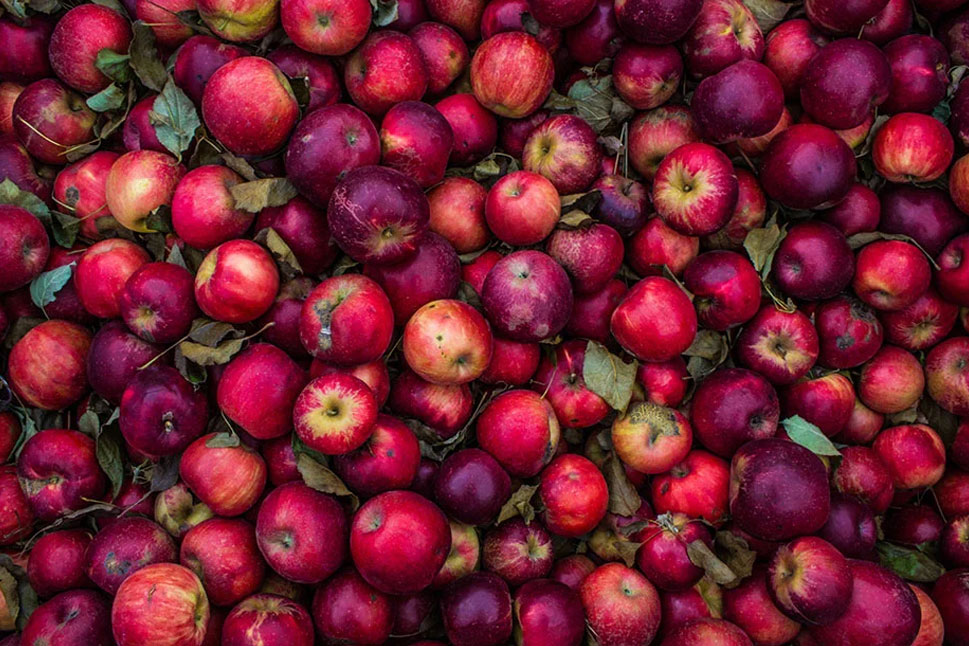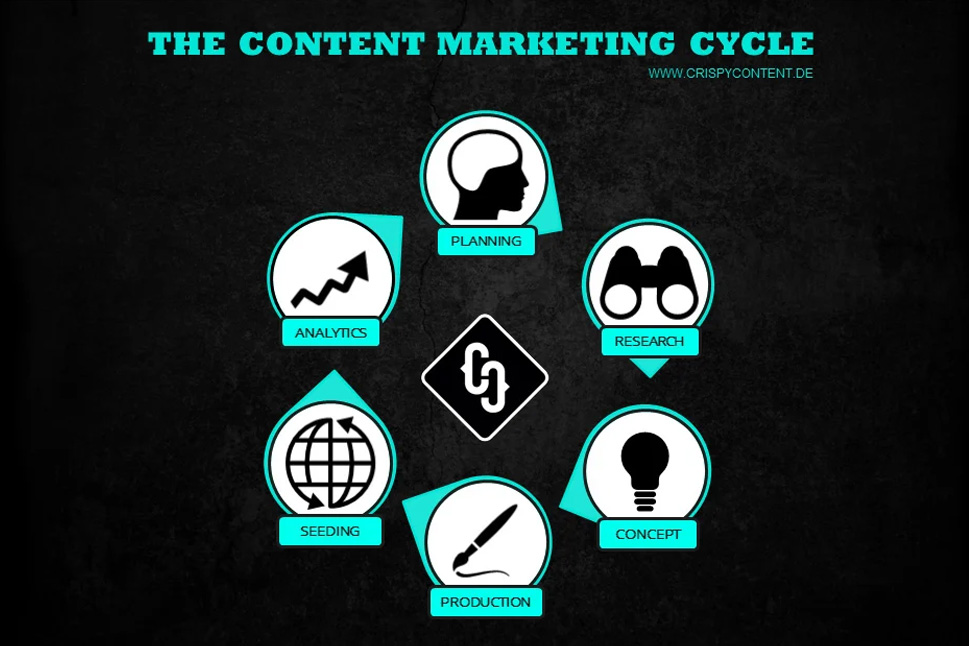Your successful content marketing cycle in 6 steps
Last updated on November 21, 2021 at 08:04 AM.Content marketing is not sorcery. You publish content on your website that is interesting to your potential customers. And of course, access is free. This drives traffic, as well as brand awareness – and that means more products are sold. Obviously, it’s not quite that simple.
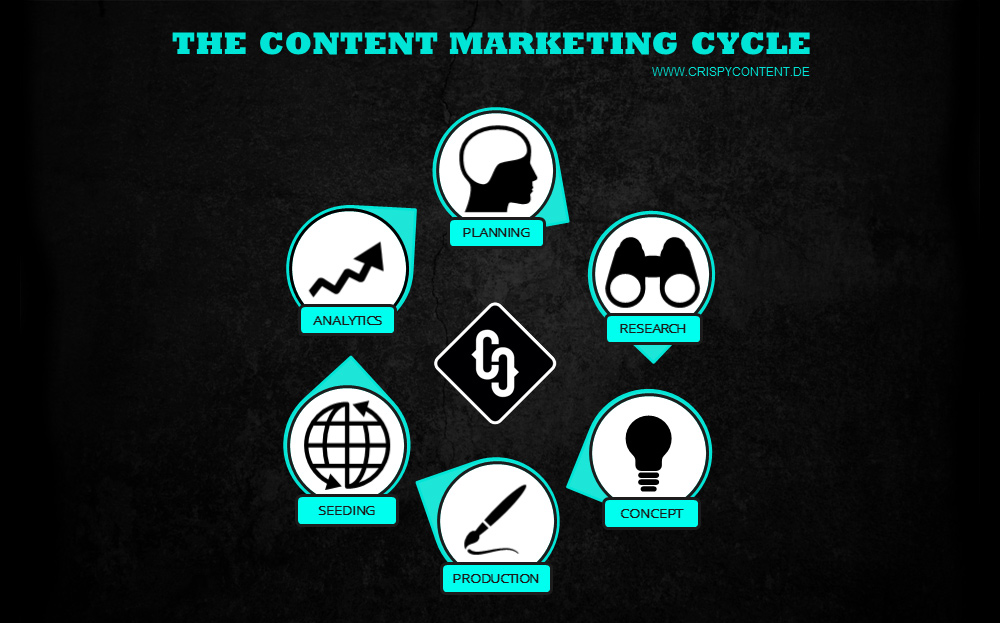
To achieve long-term content marketing success, you need to sustain the content marketing cycle. If you’re not following a full-blown content strategy, even high-quality content can break out of the cycle and miss its objective.
These 6 steps will help you develop your very own content marketing cycle:
1. Content Planning
Start with a target group analysis. What do you know about the needs of your target group? Collate all the information you have on your existing customers and potential interested parties. Personas, very precise target personality profiles, are very helpful in visualising your actual customers. Now you can determine the KPIs of your content marketing. Do you want to increase user numbers for your (currently) free online service? Or do you measure success in actual sales?
2. Content Research
Now that you have established an image of your target group, you will need to find out which precise areas of the internet these people frequent. Examine the search engine rankings of your competitors and analyse which of their valuable keywords push up their rankings. Which content helps them to achieve top spots and how often do they publish new blog posts? Use the Google Keyword Planner to find out how many users use a particular keyword.
Does your shop’s portfolio include sports shoes? Every month, there are 49,500 search queries for the term “sports shoes” worldwide. However, Google records 450,000 queries for the term “sneakers” in the same period. Maybe the keyword “sneakers” will be a better match for your young target group. Go for it!
Google Keyword Planner | 14th of May 2014

Note: Higher search volume often goes hand in hand with stronger competition. In content marketing, it can pay to go for keywords with a lower search volume, harbouring the top position in a niche market. “Long tail keywords” - search queries composed of several keywords - are often well suited for this approach.
Pay special attention to this when examining apparently successful competitors on the social networks. A great Facebook following is worth nothing unless there’s also some interaction. Which posts create dialogue? Which hashtags are used?

Hashtag research on Facebook
Determine your keywords for both search engine optimisation and social media channels, including hashtags.
3. Content Concept
Which content really addresses the needs of your potential customers? In which format do you present that content? The way in which you tell your story will not least depend on the budget and manpower available to you for your content marketing.
- Text content in the form of articles or blog posts
- Video content, e.g. helpful video tutorials
- Image galleries
- Infographics of gifographics
- eBooks
- Email newsletters
This content can rise above the rest if you utilise storytelling.
4. Content Production
Now your content producer needs to find your target group’s tone of voice. It’s not simply a matter of putting your content strategy down in writing. Not every copywriter excels in every subject area. The users notice when a writer doesn’t feel at home. You should also avoid that distinct SEO-feeling that is all too often found in online content.
Phrases such as “We have the latest sneakers. Visit our sneaker store to try on sneakers in all colours!” make your target group appear a bit on the slow side. Your website visitors will roll their eyes and make a quick exit, so you won’t do your SEO and content marketing any favours. Write for human beings, real people, and make use of some synonyms.
That’s right. Remember, we were looking at sports shoes at the start? Your readers will be grateful and show their appreciation by returning to your website as an interesting source of information and entertainment.

Sneakers are sports shoes - right?
5. Content Seeding
This step is often neglected in content marketing. You’ve put a lot of effort into your article and are happy and relieved when the post goes live in your blog. Yet, this is not the time to rest. Your article still needs to be found! This step is just as important as the actual content production. Use your social media channels to distribute your content online, or let your customers know in your email newsletter. Just be careful not to get a screaming PR machine going.
If you’ve produced something that’s actually useful and you’ve analysed the whereabouts of your target group correctly, then your audience is a given. If things are going really well, you’ll be able to watch your users share your content with their friends via Twitter, Google+ or Facebook, and see your piece going viral.
Content Seeding via Twitter:
The Crispy Content Marketing Glossary – Free eBook. #ContentMarketing http://t.co/AFcar7ohx4— Crispy Content (@crispycontent) 21. April 2014
6. Content Analytics
It’s only content marketing if you also analyse the performance of your published content. Now that doesn’t mean just looking at traffic rates alone. Where does that traffic come from? Are permanent links to your pages created? How much time do the users spend on your website? Which content on your website do they look at after reading your article? Don’t lose track of the objectives you previously defined.
You’ll also be able to understand what really works. A particular article might have really hit home, while another blog post only generated half the clicks. Compare them and learn your lessons. Performance fluctuates, that’s no big deal. But sometimes it’s just the headline that doesn’t create a spark. Be brave and experiment with different approaches.
You’ve completed your first round in the content marketing cycle? Go right back to step 1. Utilise your insights, correct personas, and adjust the keyword set-up of your content marketing strategy.
Good luck!
Creative, smart and talkative. Analytical, tech-savvy and hands-on. These are the ingredients for a content marketer at Crispy Content® - whether he or she is a content strategist, content creator, SEO expert, performance marketer or topic expert. Our content marketers are "T-Shaped Marketers". They have a broad range of knowledge paired with in-depth knowledge and skills in a single area.
